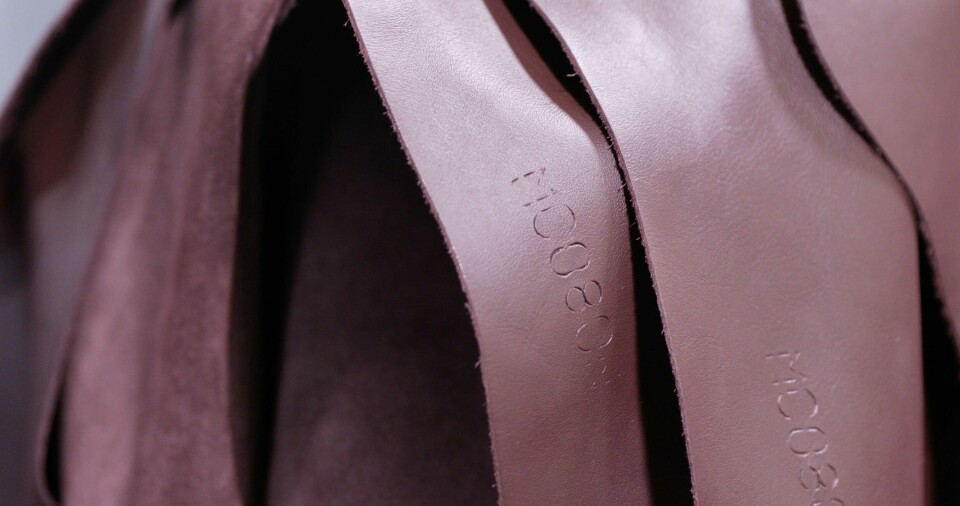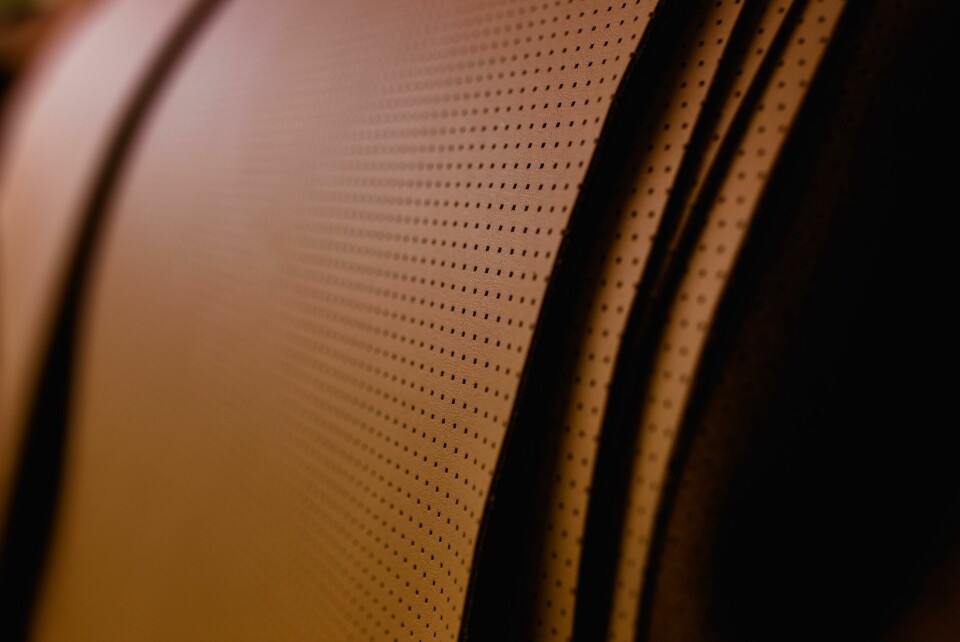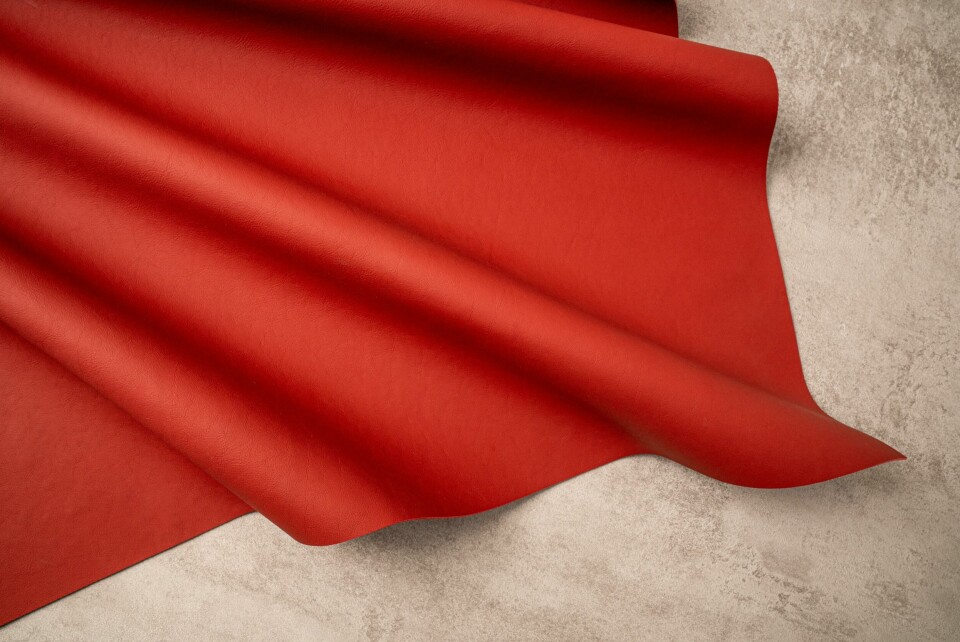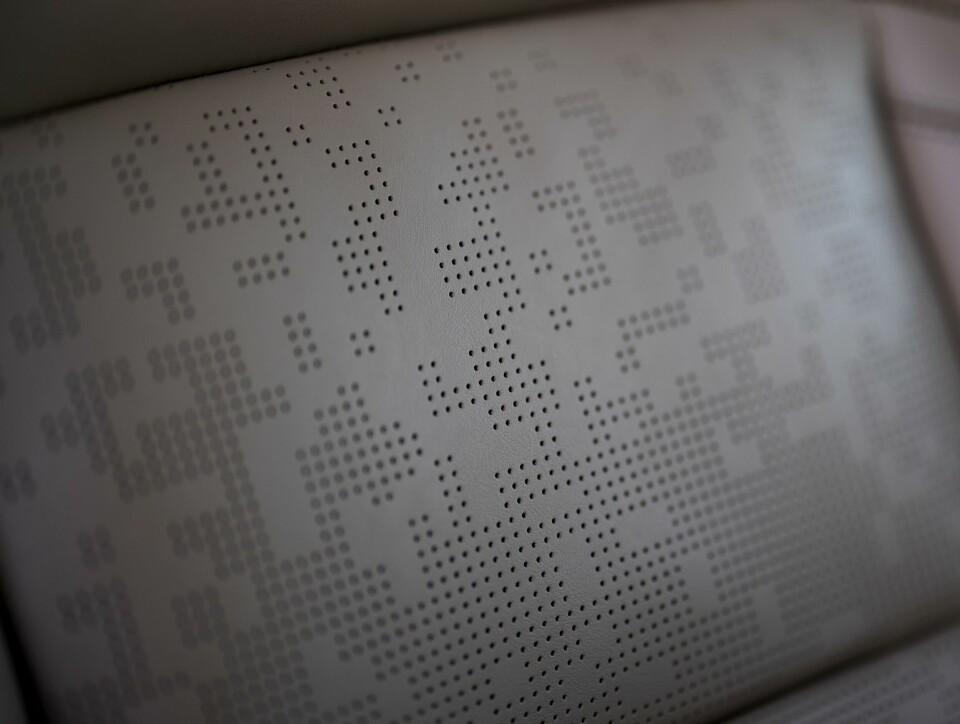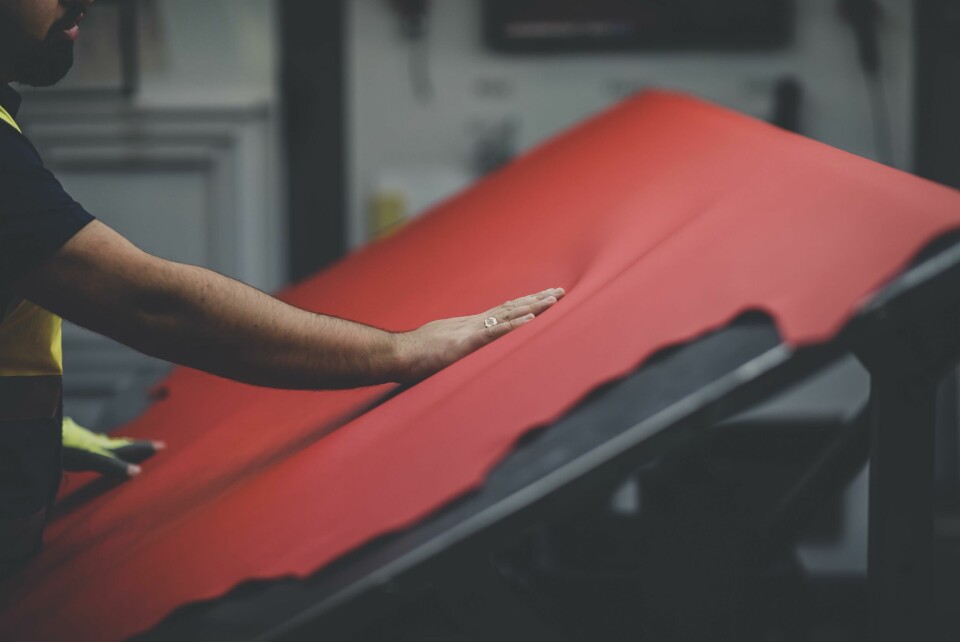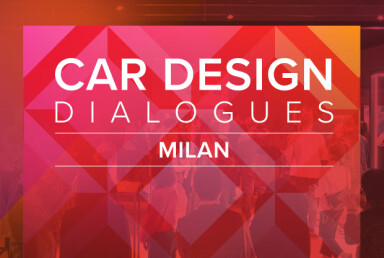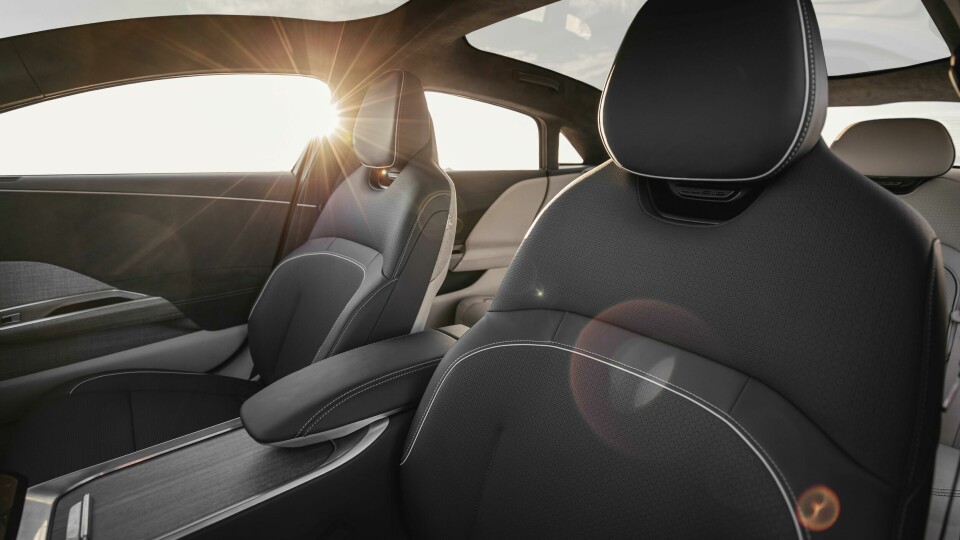
Achieving true sustainability: the questions designers should be asking
PARTNER CONTENT
This content was paid for by Bridge of Weir and produced in partnership with Car Design News
With designers under ever more time pressure, making sure that materials are sustainably sourced is a challenge and that means asking the right questions, says premium leather supplier Bridge of Weir
Sustainability is a complex issue. To truly understand it takes time and work, which means, in our ever more time-pressured industry, it can be easy for companies to avoid real scrutiny. How many designers have the bandwidth to properly investigate the claims made by a company beyond the facts and figures it provides? That is if they provide any figures at all.
The phrase “Greenwashing” entered the English language some time ago, but the issue it describes remains as problematic now as it did then. Designers are generally very conscientious. They know not to take things at face-value, but it helps when you know exactly which questions to ask a potential supplier.
Transparency is essential. Where has the product come from and how traceable is the supply chain? In an ideal world, we would know the provenance of everything. Bridge of Weir, which supplies leather to Aston Martin, Ford Lincoln, Jaguar Land Rover, McLaren, Polestar, and Volvo can trace their hides from the welfare-assured farm all the way to the car interior. It is important to remember that no cow is bred for its hide – Bridge of Weir leather is a byproduct of the UK and Irish meat industry.
Bridge of Weir’s leather bio content is north of 70 per cent
Their supply chain is 100% traceable with zero deforestation guaranteed, thus ensuring full compliance with forthcoming EUDR legislation, not to mention peace of mind.
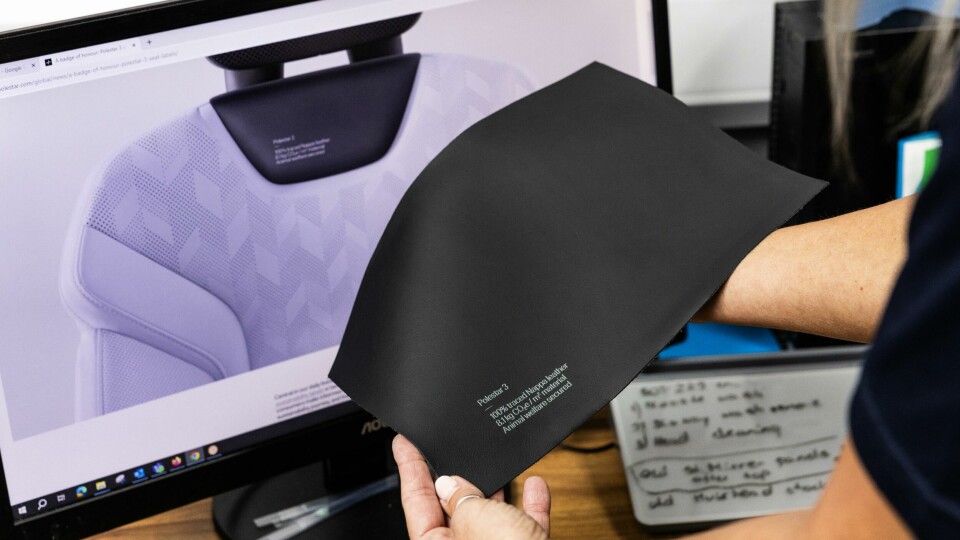
What happens to the product at the end of its life is a crucial question to ask. Textiles and plastics are often destined to end up in landfill. How biodegradable a material is becomes central to avoiding undesirable outcomes. To this end, Bridge of Weir is working to increase bio-content via new tannages. For example, BioTAN is a hybrid technology that ramps up the bio-based content. Another advanced technique the company has developed is FreeTAN, which replaces existing tanning chemistry with compostable technology.
Bridge of Weir leather is developed alongside their OEM partners to meet tough automotive specification including tensile strength, flexibility and anti-soiling
Independent verification of sustainability measurements and progress is a must. Life Cycle Analysis (LCA) is a tool to measure the impact of every part of a product’s supply chain and manufacturing process for which Bridge of Weir leather is confirmed as 8kg CO2e/m2 (on average). This type of transparency and independent auditing raises standards across material suppliers.
All well and good, but what is the use of rock-solid sustainability credentials if your product does not perform to automotive specification requirements? Bridge of Weir leather is developed alongside their OEM partners to meet tough automotive specification including tensile strength, flexibility and anti-soiling.
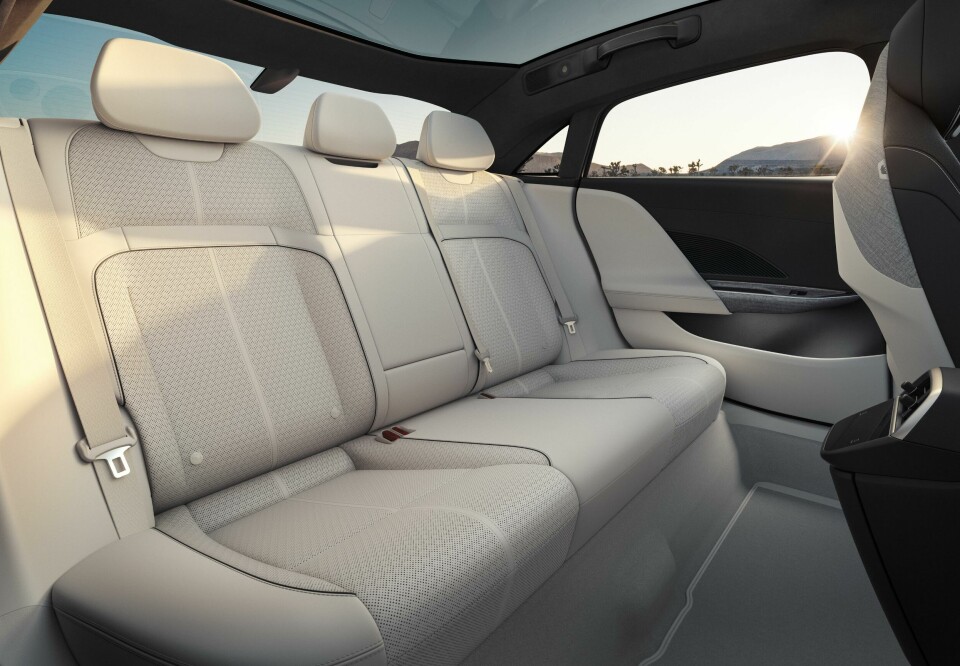
Which is why customers, particularly in the luxury space, demand leather. No surprise then to see this reflected within premium and luxury OEMs, with Bridge of Weir’s consumer research also revealing a preference for sustainably made leather as a natural, comfortable interior option. In short, customers that want a premium experience want leather, even more so when its sustainability credentials are watertight. Good news for those companies which care about providing a first-class product and looking after the environment.
